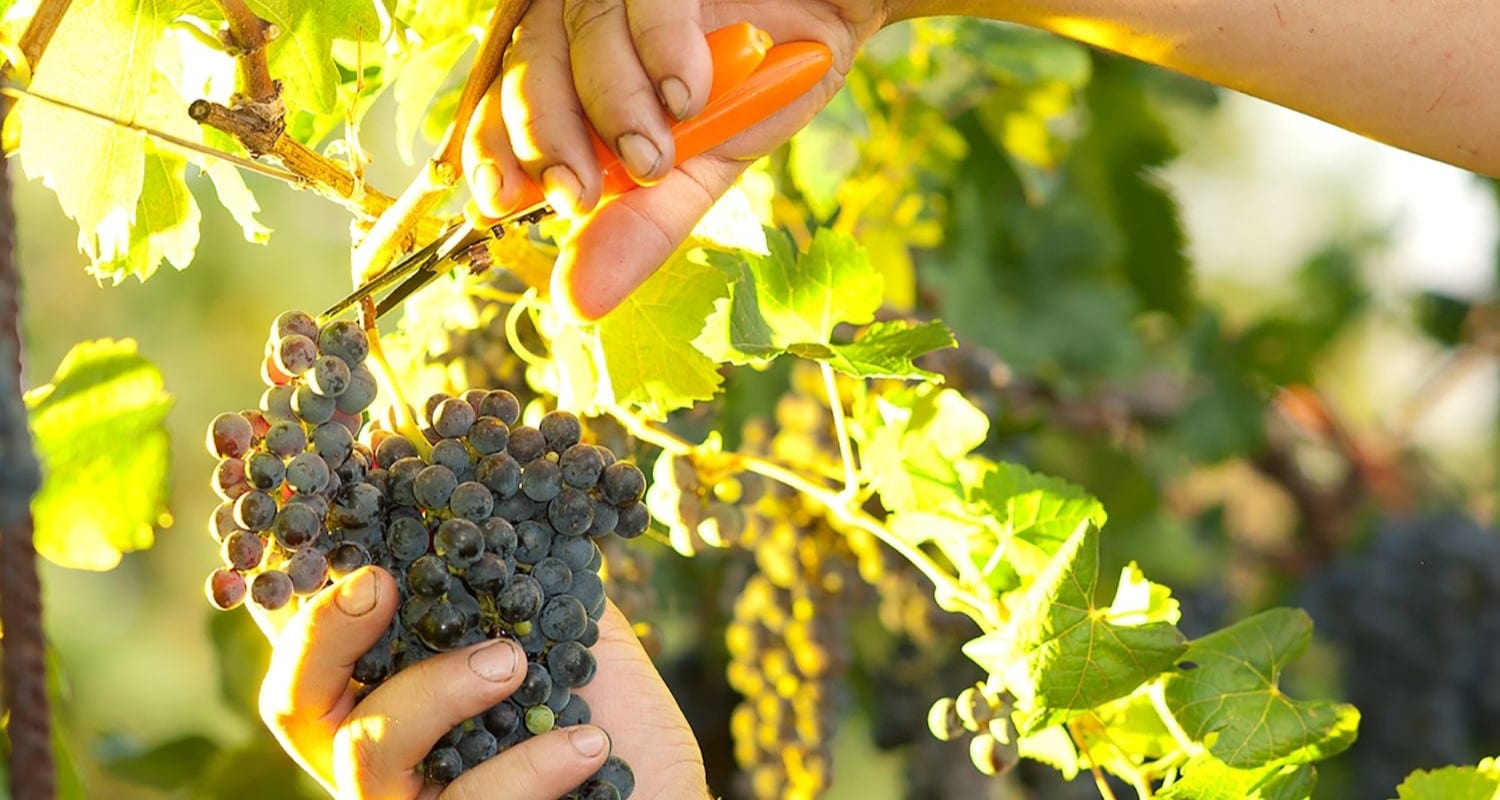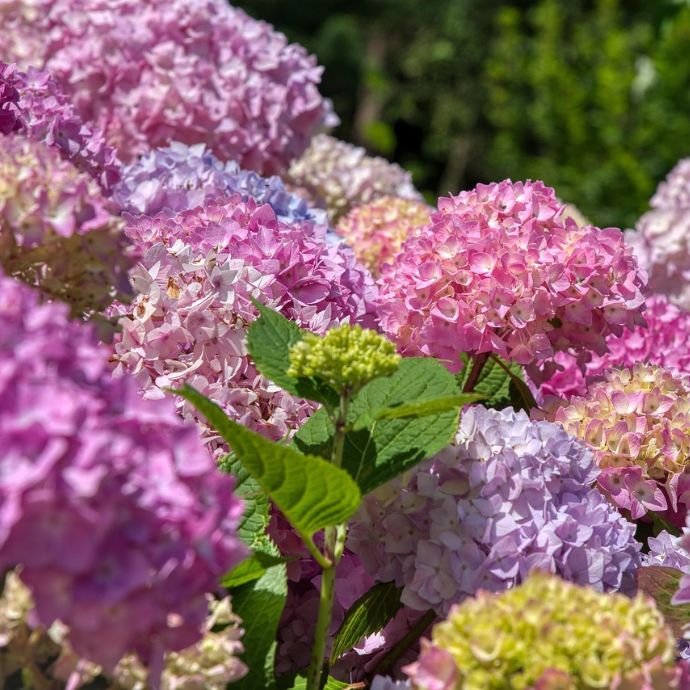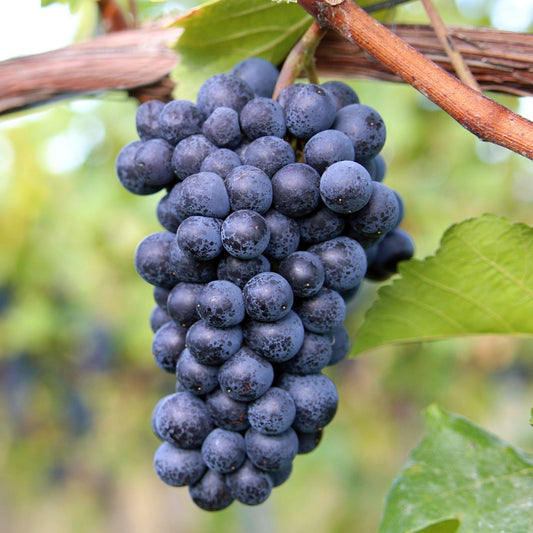How to Prune Grape Vines

Why prune grape vines?
Pruning your new grape vine will help the plant put all of its energy into developing healthy roots and shoots. As your plant grows throughout the following few years, you’ll want to make sure it stays strong and productive, and also that it grows where you want it to!
Grape vines can live for decades or even longer, so it’s important to give them a good start and prune them correctly throughout each stage of their lives. Once the vine starts to produce a lot of fruit, you can also thin this out to improve the size and quality of the grapes. Here’s all you need to know about how to prune grape vines.
Jump to:
When should you prune grape vines?
The bulk of pruning needs to be done when the grape vine is dormant (not growing) from late autumn to early spring. Your grape vine should be ready to prune from November, but before you go in with the pruners, make sure that the leaves have all fallen and there have been no new buds developing for a month - these are the signs that your vine is now dormant.
Established grape vines can also be trimmed in summer if there’s a lot of excess leaf and stem growth; this will help increase the airflow around the plant and help to prevent moulds and mildew. At the same time, you can thin out the fruit.
What do you need to prune grape vines?
- Secateurs/pruners
- Loppers (for mature or hard to reach vines)
- Plant ties/twine
Make sure your tools are clean and disinfected before you start.

How do you winter prune grape vines?
Here’s what you need to do in the main pruning session of the year: the method is slightly different for each year of your grapevine’s life.
When you first plant your grape vine
Your goal with a new grape vine is to encourage it to develop healthy roots and stems. You’ll need to reduce the number of buds so that those remaining will grow into healthier and stronger stems.
To do this, cut the main stem down by up to two thirds and the side shoots down to one bud. Don’t worry if it looks like an underwhelming stick, it will grow quickly when spring comes! If you buy your grape vine from Roots, our growers do this job for you before they send the plant, so you can skip this bit.
Year one grape vine pruning
This winter, you should aim to cut back the main stem of your grape vine by about a third of its length, and trim the side shoots down to where the first bud emerges. In May, cut back the side branches to the length of five leaves, and if there are any small shoots coming off these, trim them down to one leaf.
Tie your stems into the support structure with twine or plant ties now, to encourage the vine to keep growing in the right direction.
Year two grape vine pruning
What you’re aiming for this year is a strong main stem forming, with six to twelve stems coming off it. Your vine will be starting to cover the wires or trellis it’s growing on, so when pruning out extra stems you’ll need to shape it in the direction you want it to grow and tie in any stems that are growing away from the support.
If any grapes are already developing, these should be removed, as they’ll divert energy away from the root system and weaken your plant in the long term.
Year three grape vine pruning (and after)
This is the year it all comes together! Your vine should now be growing in the shape and direction you want it to and you’ll probably be able to pick your first bunches of homegrown grapes.
This winter you should be cutting back the main stem by about a third again, back to a healthy bud on the mature growth, and reducing the side stems to the length of two strong buds.
Don’t worry about pruning too hard; grape vines are fast growers and they only fruit on new growth, so you won’t be sabotaging your crop.
Do you need to prune your grape vine in May?
If your vine has gone a little crazy with the stem and foliage growth over spring, that’s a good sign, but if you want the plant to focus its energy on producing fruit and allow air and sun to get to that fruit, you’ll need to trim it down a bit.
Cut off some of the leaves, especially those obscuring the developing grapes, and any new shoots that are not holding bunches of grapes. This is also a good time to tie in any stems that are growing away from their supports.

How do you summer prune your grape vine?
Thinning your grapes
You never see tiny, gravel-sized grapes in the shops and there’s a reason for that. They’re weird and unpleasant. Left to their own devices, vines can produce way too many grapes in a bunch, making them too crowded to grow to a decent size. To make sure you get grape-sized grapes, you’ll have to thin them out.
Cut out about half of the developing fruits in each bunch so that none of them are touching, and the remaining grapes will have plenty of space to grow. This also encourages better airflow through the plant, helping to prevent fungal diseases.
If you have a lot of grape bunches on your vine, this can also result in poor quality grapes, so you can thin these out too. Leave just one or two bunches on each side stem and discard the rest. The plant will then focus on making the remaining grapes bigger and better.

How do you prune old grape vines?
If you have a grape vine that’s more mature and is starting to look woody, you’ll need to prune it quite hard to encourage new growth - this should be done in winter. Simply cut all of the dormant branches or stems down to two or three buds or a length of about 8-10cm. This will stimulate your vine to grow quickly in spring and fruit on the new growth.

Get more pro-tips from our growers to get the best from your grape vine.
Last updated: 30/10/2025




















